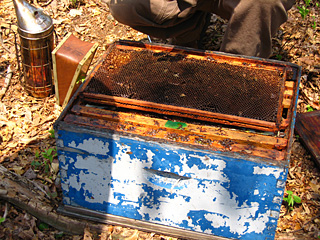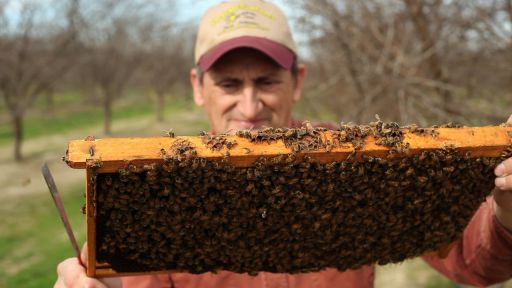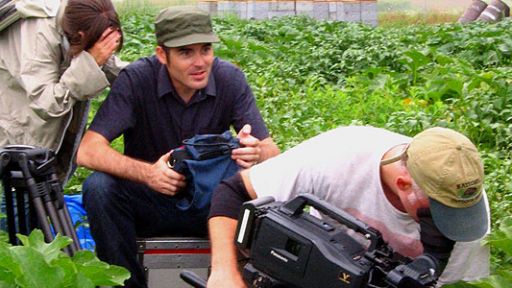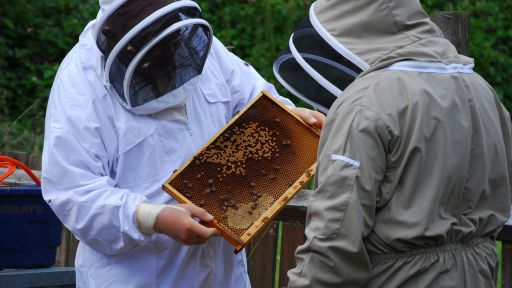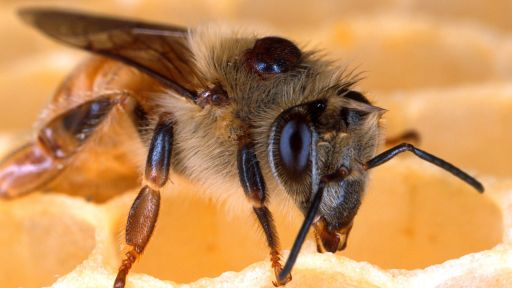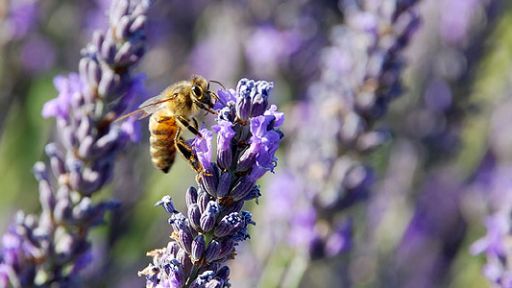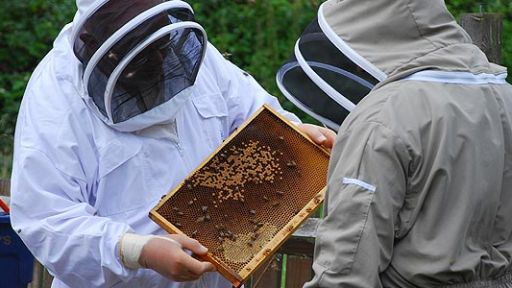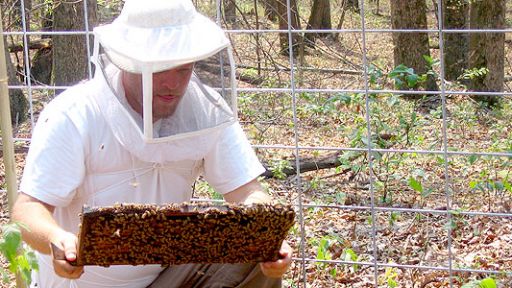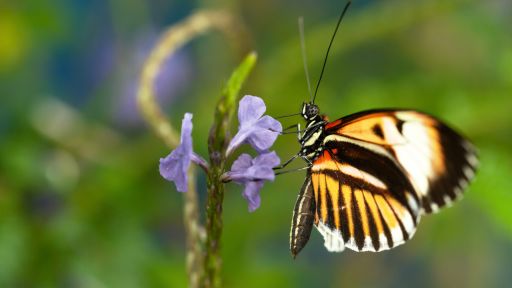It was a mystery that left scientists around the world buzzing for answers. Last year a mysterious and deadly plague silently worked its way through bee colonies, leaving millions of dead bees in its wake. The killer was coined as CCD or Colony Collapse Disorder. It had moved in suddenly and unexpectedly, and left so few clues, experts could not crack the case.
Luckily this past September, there was a big break in the case. A team of scientists led by the U.S. Department of Agriculture (USDA), Pennsylvania State University, The Pennsylvanis State Department of Agriculture and Columbia University linked CCD with a virus imported from Australia, IAPV or Israeli Acute Paralysis Virus. Over the past three years, genetic tests on bees collected from stricken colonies around the U.S. found the virus in 96 percent of bees from hives affected by Colony Collapse Disorder.
IAPV had not historically been present in U.S. bees. In fact, it was only discovered in Israel in 2004, the same year American beekeepers started importing packaged bees from Australia. “Before that, nobody knew to look for it,” says Jeff Pettis of the United States Department of Agriculture’s Bee Research Laboratory. “As people began to look for it, it was found in China, Australia and the U.S.”
Though the discovery of IAPV was indeed a big break, the case of CCD was not closed. Scientists have much to learn about how IAPV affects colonies and how it may have brought on CCD. Future studies will tell researchers if they are dealing with just one strain of the virus or if there are other strains to look for. “Discovering the IAPV was a lead but not the end of the story. We’re looking at IAPV as a marker. It’s there. It’s present in colonies but viruses by themselves are not known to be that dangerous,” says Pettis. Pettis and other scientists believe that CCD is not caused by one single factor, but by a whole host of forces including pesticides, parasites, poor nutrition, and stress. Any of these may leave bees vulnerable to infection and make IAPV lethal. “We know all of those things have affected bees in the past,” says Pettis. “We have to look at combinations of factors.”
Researchers at Penn State University and the USDA are planning a complicated set of experiments where they stress bees in certain ways and evaluate the effect on their health. The tests will hopefully indicate whether IAPV causes CCD by itself or if it is triggered by other pathogens and stresses.
Some studies on IAPV have already brought positive news. Israeli researchers say there is a possibility that IAPV-resistant bees can be bred. A third of bees sampled in Israel have incorporated the virus into their genome. In experiments, almost 20% of these bees survived when injected with IAPV.
While the work is ongoing and answers are sought, until the government declares otherwise, the nation’s borders remain open for bees. Packaged bees are being brought in from Australia, which has yet to report cases of CCD colonies. Though researchers are still searching for answers, they are considering whether stressors that disproportionately affect U.S. bees such as pesticides, poor nutrition or pests like varroa mites might trigger the virus, making it virulent.
Last year, imports from Australia and New Zealand made up only 5 percent of the bees needed just for almond pollination (though almond pollination represents half of our need for honeybee pollination services).
Case closed? Not yet; but at least the prime suspect is now in custody. In the meantime, beekeepers must take measures to keep bees as healthy as possible. The goal now is improved nutrition, reduced stress, and better overall health for bees. Many beekeepers have been able to achieve just that. Over the summer, many experienced beekeepers had been able to build up the number of bees in the colonies over the summer. However, Diana Cox-Foster of Penn State University and a lead researcher on the team that discovered IAPV in U.S. bees says there are some reports now of CCD making a reappearance, though mainly in the colonies of less experienced beekeepers. If CDD continues, researchers like Cox-Foster are concerned that we could see major problems in honeybee numbers next Spring. She explains that beekeepers were able to restore colony numbers this year, but the weather was in our favor. Next time, we may not be that fortunate. If it strikes again, CCD could have disastrous impacts on U.S. agriculture — causing prices to soar and threatening the availability of some crops. Among the most vulnerable crops are almonds — a crop that completely depends on honeybee pollination. But foods like apples, berries and alfalfa seeds, which is fed to dairy cows and livestock, will be in peril as well. “It’s still fairly early,” says Cox-Foster. “It’s still a concern that some people will continue to have problems with CCD but the verdict is out.”

